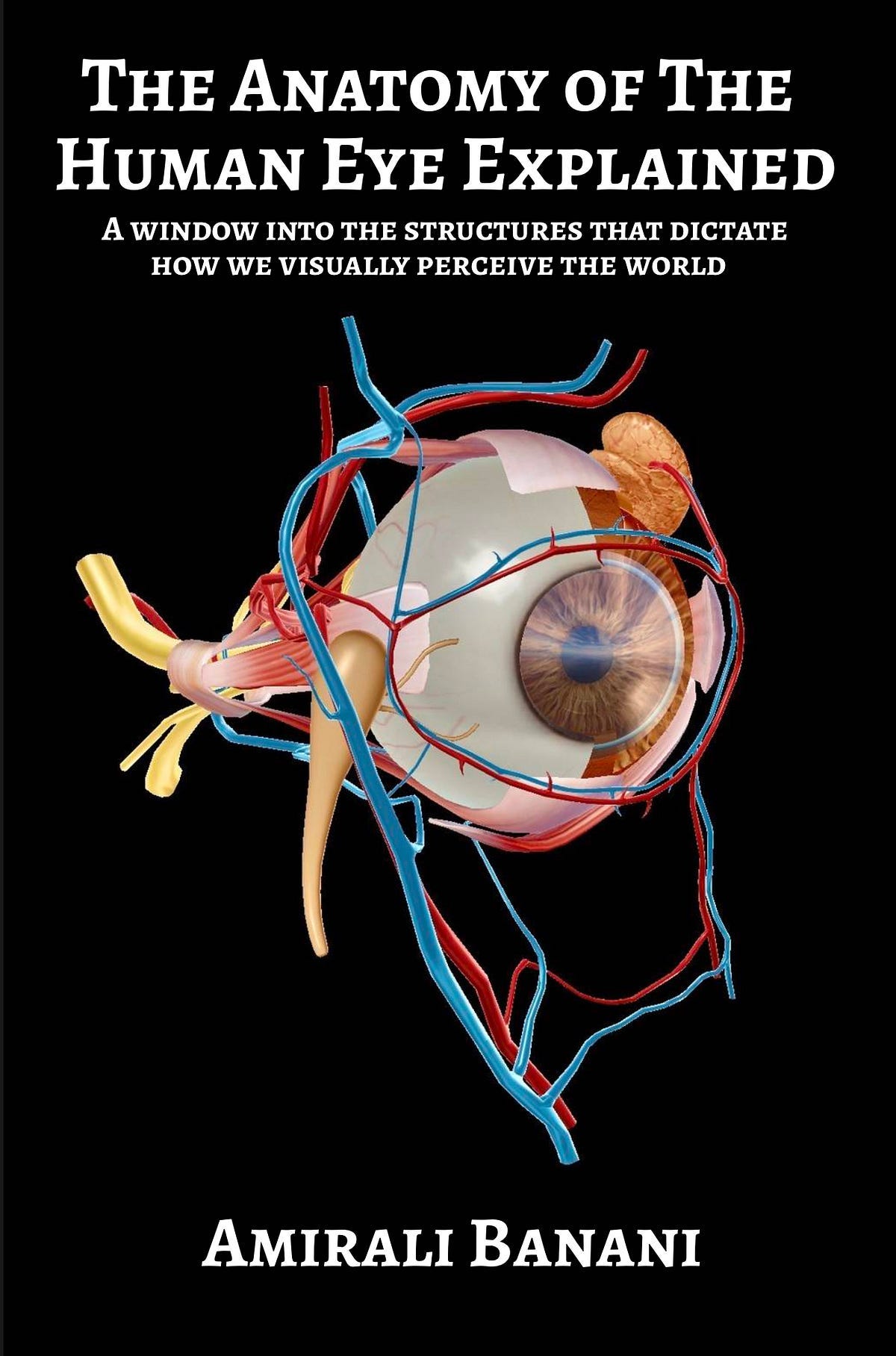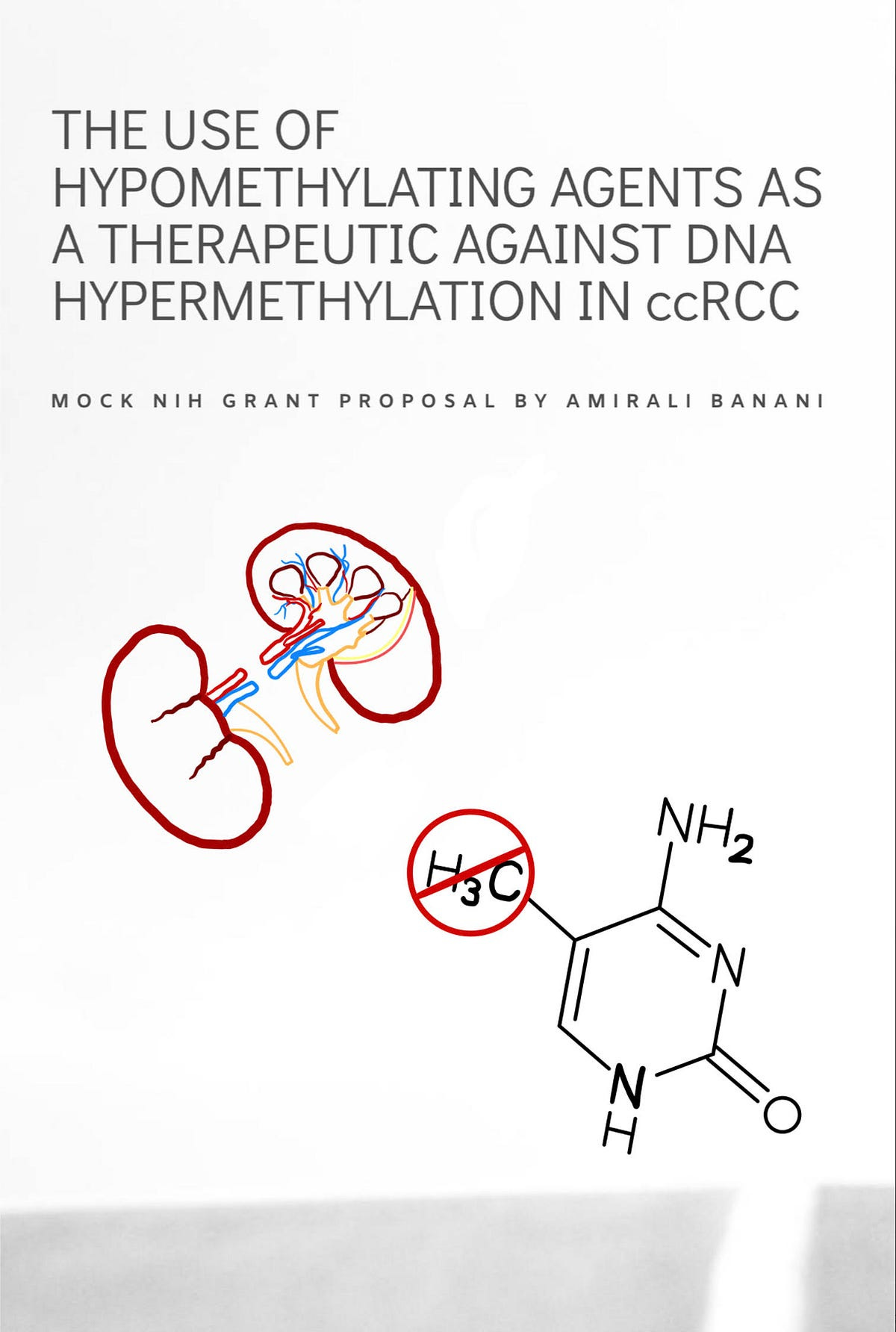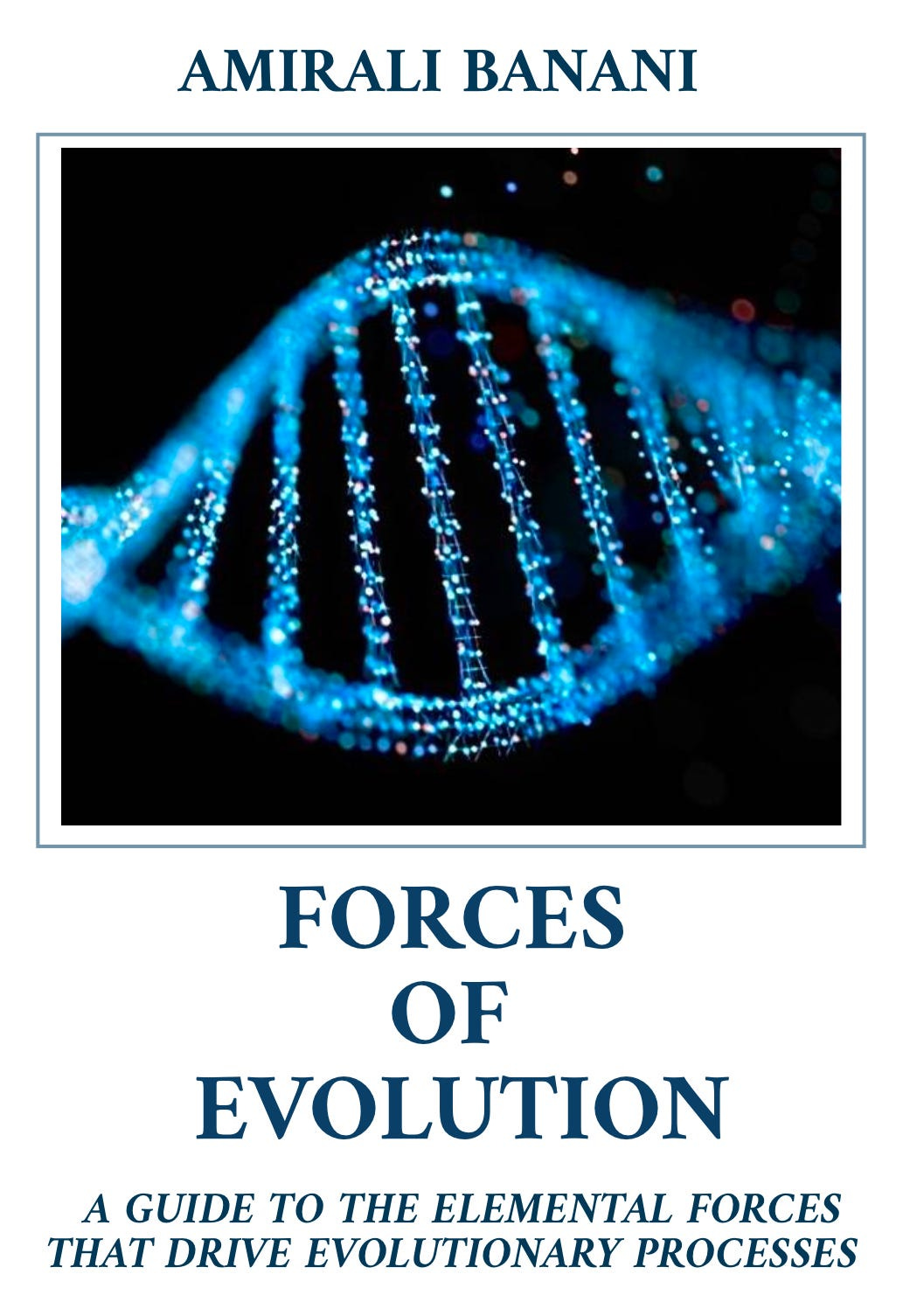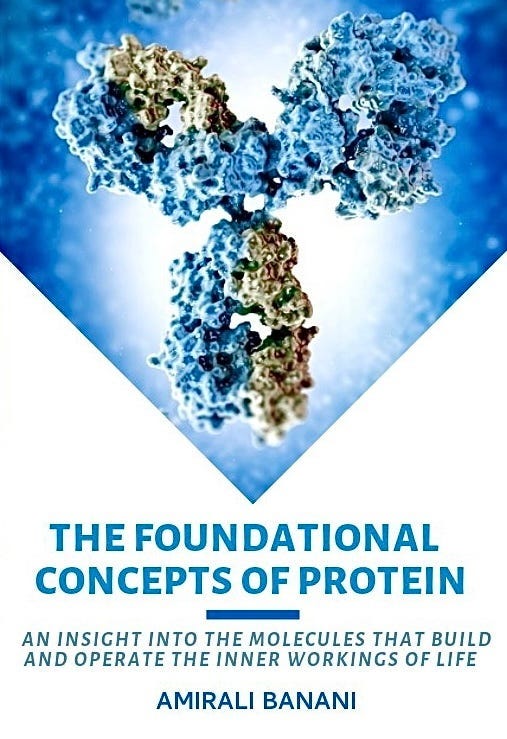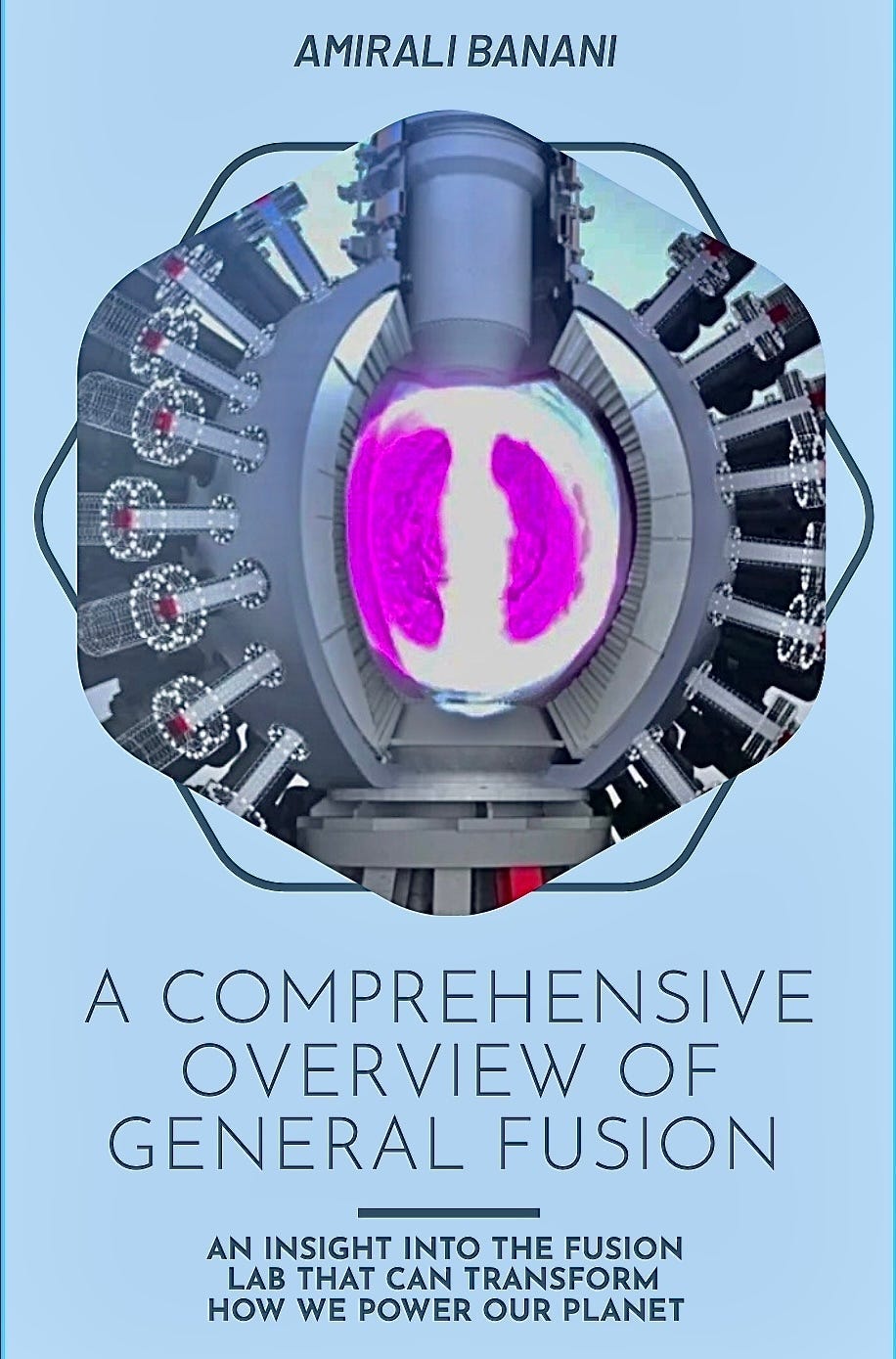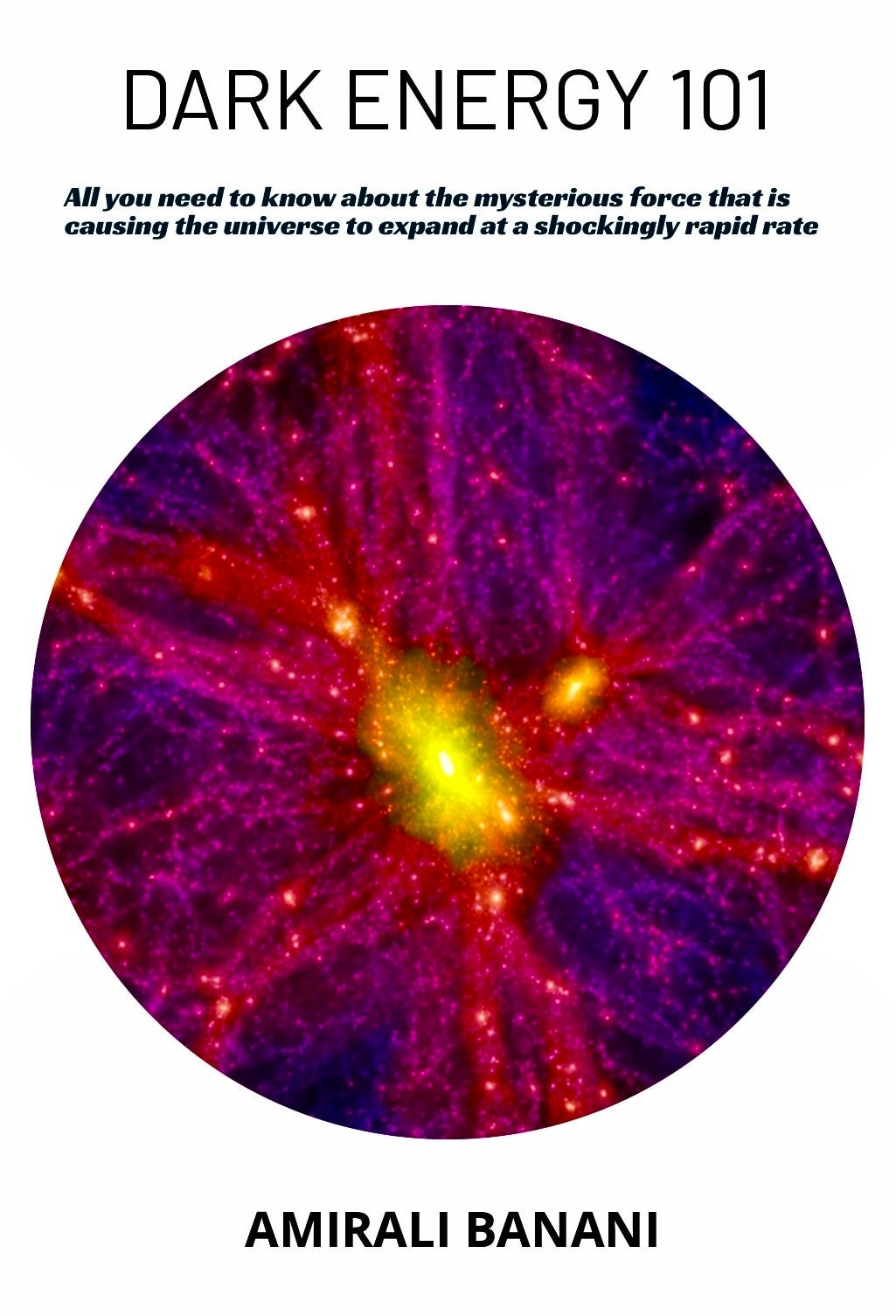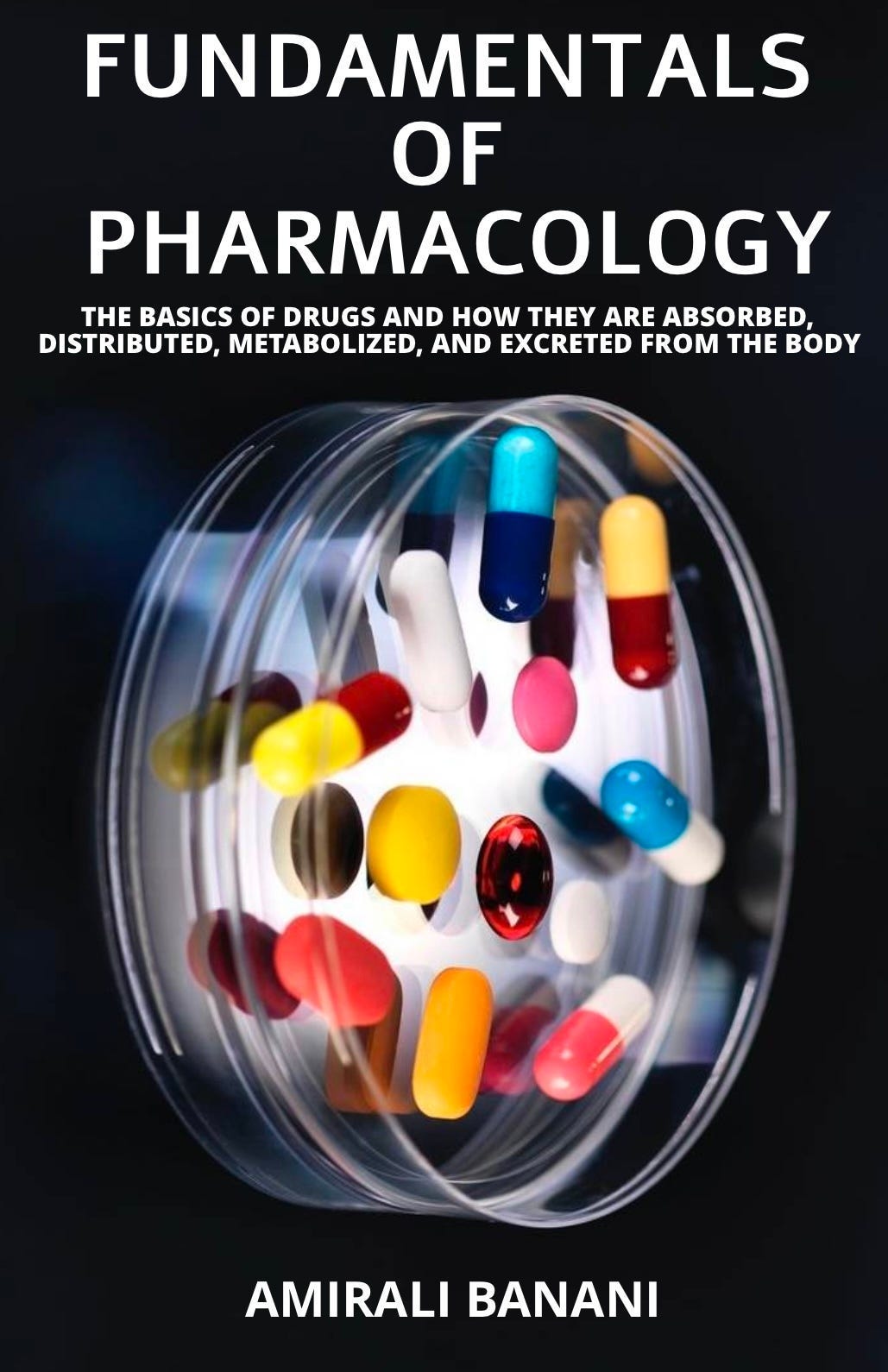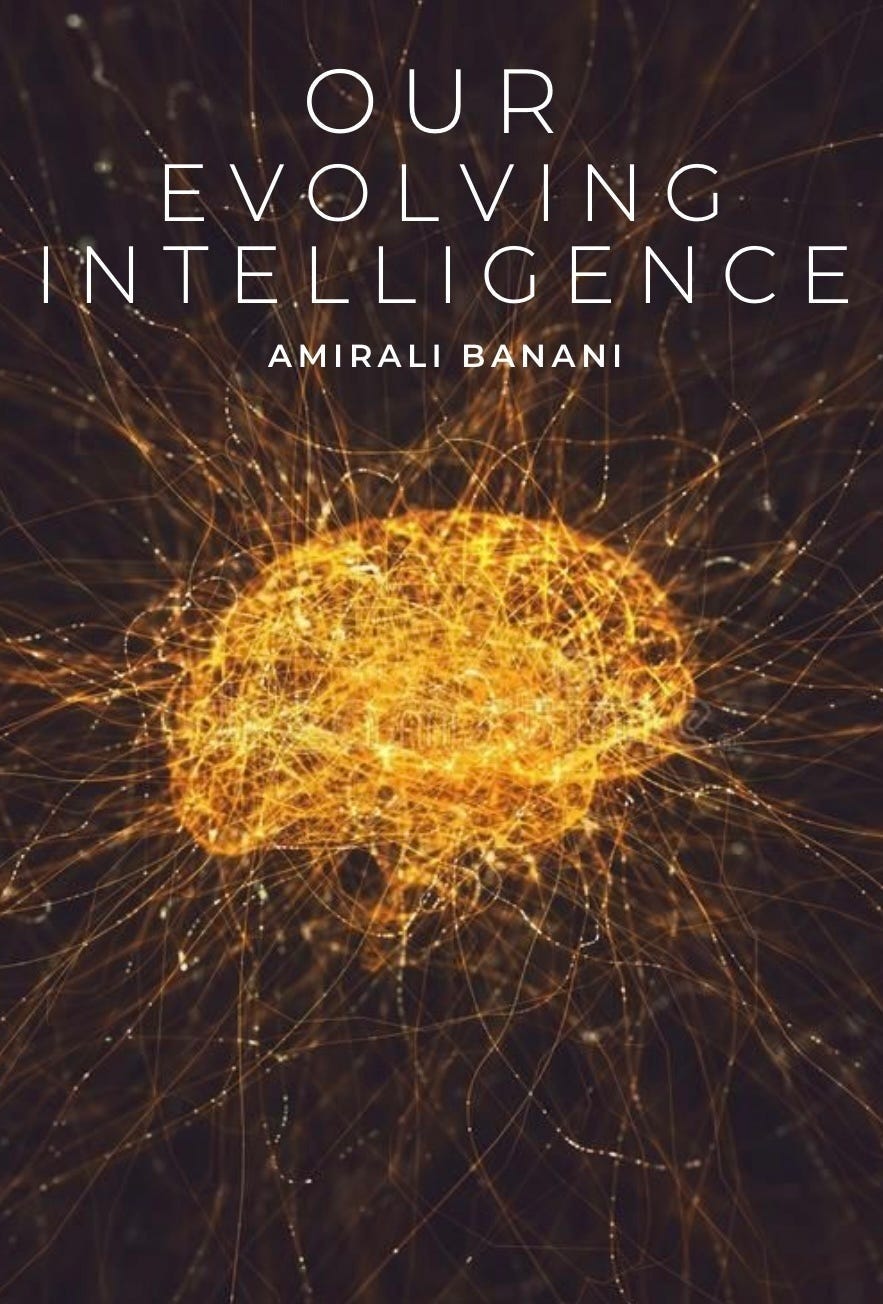I have always wanted to publish science books as writing about scientific topics is one of my biggest passions — I enjoy it even more than reading scientific literature. For a while, I wrote science articles and had them published in my school’s student-led publication to share my work with my school community, but wanted to do more; publish something greater that would potentially garner international — rather than just local — attention. This is why, two years ago in the autumn of 2021, I got into the habit of writing and publishing science books online. At first, I did not expect them to gain much recognition, but after I published my first couple of books I almost immediately had sales and received 5-star reviews, which motivated me to write and publish more.
My primary motivation behind writing the eBooks that I have published is to educate young readers about the basic concepts of scientific topics such as pharmacology, dark energy, protein synthesis, and evolution, and I find the process of writing these eBooks a unique learning experience for myself as well. After all, we learn 95% of what we teach others.
From this experience, I have acquired an insight into what it’s like to be an author and, after watching some videos before writing my books, I learned a lot about how to properly structure my writing and how to effectively communicate ideas in the books that I write — which could even help me to a great extent in the future when I write essays or research articles in university and beyond. I hope that my eBooks will be read by many people worldwide and most of all, I hope that anyone who reads them will learn something new and valuable in the realm of science.
My eBook-publishing Experience Highlights and Suggestions
So far, I have written and self-published 8 eBooks in notable online bookstores such as Rakuten Kobo, Amazon Kindle, Barnes and Noble, and OverDrive, and they have been also published in international bookstores from countries such as France, Italy, and Mexico. As of November 25, 2023, my biggest sales have been on Rakuten Kobo with 753 eBooks sold in 43 countries worldwide on all 6 continents since October 2021. This is followed by Amazon Kindle, in which I have sold 473 units across 5 countries (Canada, USA, UK, Brazil, and India) since January 2023. My books have all received very high reviews, so I am very happy and grateful to see that readers from around the world are benefitting from the eBooks that I have published. I am currently writing a new eBook titled “Our Evolving Evolution” which is my biggest project so far and will most likely be published in early 2024. Currently, I can’t dedicate all of my time to writing books, but during breaks when I have more time, I can make some good progress on them. Seeing my success with eBook sales, I will certainly consider publishing paperback versions of my books as well in the near future.
For anyone interested in writing books, I would suggest beginning with publishing eBooks on Rakuten Kobo and/or Amazon Kindle’s websites as these are the world’s biggest eBook platforms. Despite the popularity of these websites, they are great for beginners and are completely free and easy to use! The easiest way to write your eBook is to use a writing platform such as Reedsy that automatically formats your piece into an ePub file that can be published as an eBook on the aforementioned online bookstores. Next, create an eye-catching cover for your book using an application such as Adobe Photoshop/Spark/InDesign and add it to the ePub file. Finally, write a synopsis that captures the attention of viewers, explaining what your book is about and indirectly justifying the value that comes with reading it. Most of the time your published eBook would appear on the store you published it to within 24 hours, ready to be purchased and downloaded by users all over the world, so the entire publishing procedure is very quick and efficient.
My Reflections on Writing and Publishing 8 eBooks
I have personally gained a lot from this eBook-writing experience and have sincerely enjoyed the entire process from producing the content and designing the book covers to the thrill of finally publishing the books online to celebrate my work, so I highly recommend it especially if you have a passion for writing and enjoy publicity! Seeing the attention that my books have received through sales and their value to my readers through the reviews that they post is truly rewarding in and of itself, never mind the tremendous educational benefits that come with writing the content.
I write my books in the realm of nonfiction science which is very popular to many, but there are always readers eager to read books on other subjects as well such as politics, philosophy, romance, and science-fiction. Therefore, it does not matter what topic you write about as long as you make it captivating and provide something valuable for your readers to learn from.
Below, you can find the 8 eBooks I have published so far each with their title, cover, and synopsis, as well as the book I am currently working on, Our Evolving Intelligence.
The Anatomy of The Human Eye Explained
A window into the structures that dictate how we visually perceive the world
Synopsis
From what we know, the human eye is anything but simple. Though it may look like nothing more than merely a white sphere with a central coloured ring at its anterior that encircles a small dark opening, that is just the tip of the iceberg. Within this hollow, 6-cubic-centimetre globe is over two million interacting parts that work to ensure light is gathered and processed into visual information as smoothly as possible. Its enormous complexity relative to its small size is the reason that the eye is considered the second most complex organ in the human body after the brain. This gorgeous, highly resilient organ can adjust accordingly to changing conditions and environments within a matter of milliseconds. The human eye is incredibly productive, working nonstop to manipulate the laws of physics by altering the trajectories and angles of incoming electromagnetic radiation, initiating biochemical pathways in our retinae to form visual details that biologically make sense. The fact that light entering our eyes from all different directions and distances is focused and projected onto our retinae as a clear, 2D image, and then information from that 2D image is used in our brain to construct 3D images that allow us to perceive the world in three dimensions is truly a work of genius by nature. Even the muscles that surround the bulb of the eye and regulate its movements are the swiftest and most powerful muscles in the human body relative to their function. Just like how the eye is the window to the outside world, this book is a window into the anatomical structures that form this biological powerhouse of energy-converting cells that help us discern vision.
The Use of Hypomethylating Agents As A Therapeutic Against DNA Hypermethylation In ccRCC
A mock grant proposal for the National Institutes of Health written by Amirali Banani
Synopsis
Many research studies have demonstrated that DNA hypermethylation is linked to the development of clear cell renal cell carcinomas (ccRCC) by the transcriptional silencing of important tumor suppressor genes known as Von Hippel-Lindau (VHL). The results of these studies led me to ask the question, “could hypomethylating agents be used to demethylate the hypermethylated H3K4me1 marks of VHL tumor suppressor genes to reactivate the transcriptional activity of these genes?”. This is the question that this entire proposal is based on. Following a guided approach that involves testing methods such as MeDIP, RT-qPCR, and Western Blotting to uncover the precise molecular mechanisms by which hypomethylating agents reactivate VHL genes, this mock NIH Grant Proposal essentially serves as a template for potential areas of research into this topic and approaches that can be taken to determine the efficacy of hypomethylating agents in suppressing the further development and progression of ccRCC. If successful, this epigenetic-based therapeutic technique could potentially be the first plausible cure for advanced stages of the malignancy.
Forces of Evolution
A guide to the elemental forces that drive evolutionary processes
Synopsis
From what we know, the human eye is anything but simple. Though it may look like nothing more than merely a white sphere with a central coloured ring at its anterior that encircles a small dark opening, that is just the tip of the iceberg. Within this hollow, 6-cubic-centimetre globe is over two million interacting parts that work to ensure light is gathered and processed into visual information as smoothly as possible. Its enormous complexity relative to its small size is the reason that the eye is considered the second most complex organ in the human body after the brain. This gorgeous, highly resilient organ can adjust accordingly to changing conditions and environments within a matter of milliseconds. The human eye is incredibly productive, working nonstop to manipulate the laws of physics by altering the trajectories and angles of incoming electromagnetic radiation, initiating biochemical pathways in our retinae to form visual details that biologically make sense. The fact that light entering our eyes from all different directions and distances is focused and projected onto our retinae as a clear, 2D image, and then information from that 2D image is used in our brain to construct 3D images that allow us to perceive the world in three dimensions is truly a work of genius by nature. Even the muscles that surround the bulb of the eye and regulate its movements are the swiftest and most powerful muscles in the human body relative to their function. Just like how the eye is the window to the outside world, this book is a window into the anatomical structures that form this biological powerhouse of energy-converting cells that help us discern vision.
The Foundational Concepts of Protein
An insight into the molecules that build and operate the inner workings of life
Synopsis
Protein are truly wonderful biological molecules that construct nearly every cellular component of every cell of every living organism that exists on Planet Earth. They are the ultimate products of the Central Dogma of Molecular Biology and are synthesized as a result of the complex processes of Transcription and Translation. Proteins come in a variety of shapes and sizes which enables them to perform a plethora of functions in the bodies of organisms, from sending chemical signals between cells to catalyzing chemical reactions. This variety in structure and function ultimately stems from the fundamental sequence and arrangement of amino acids, the monomers of proteins. Although DNA — the vital molecule that serves as the basis for most life on Earth — is required to manufacture protein in cells, protein itself actually came before DNA in the evolutionary timeline of life on Earth. Consequently, DNA, and therefore life, can not exist without protein. This book explores the fascinating world of proteins, including how they are synthesized, their structural levels, and the different functions that they perform to keep organisms functioning optimally.
A Comprehensive Overview of General Fusion
An insight into the fusion lab that can transform how we power our planet
Synopsis
Our world is facing an energy crisis like no other as the global population continues to grow at an unprecedented rate and nonrenewable energy production is becoming more and more unsustainable. Consequently, the need to generate clean, sustainable, renewable energy is more crucial than ever before — something that can be achieved with the development of commercially and economically viable nuclear fusion power plants. This is exactly the reason why the company General Fusion was built — to allow the implementation of electricity generation using fusion energy on an industrial scale. This book dives into the unique method that General Fusion is developing to showcase and advance its technology, the company’s ultimate vision, its process of electricity generation, and much more! As a potential candidate for revolutionizing the global energy industry, General Fusion is definitely worth learning about (especially for those who are willing to acquire some insight into how an artificial sun can be built here on Earth).
The Role of VEGF in Tumour Angiogenesis and Common Anti-Angiogenic Therapeutics
A medical handbook providing an outlook into a relatively new field of research in medicine: anti-VEGF treatments
Synopsis
There are some truly innovative therapeutic techniques in the works that can transform the future of medicine, and one of them is anti-VEGF. This anti-angiogenic therapy can cure a variety of cancers and retinal diseases that were previously incurable using biomolecules that can suppress VEGF signaling pathways, thereby preventing metastasis in cancers and irreversible blindness in retinal diseases. Since the advent of the 21st century, several anti-VEGF monoclonal antibody treatments — such as Bevacizumab, Ranibizumab, and Aflibercept — and another form of treatment known as Tyrosine Kinase Inhibitors — such as Sunitinib, Sorafenib and Pazopanib — have been developed and distributed, however further research and experimenting is required to enhance the efficacy of these treatments. This informative medical handbook first explains the role that VEGF plays in cancer proliferation and retinal disease progression before explaining the common anti-VEGF treatments as well as their mechanisms of action on the molecular level using comprehendible explanations and diagrams that anyone — whether a student wishing to learn more about new medical innovations, an aspiring medical scientist, or a qualified doctor — can understand. The handbook is also intended to provide a comprehensive reference for medical researchers wishing to write medical papers on the topic of anti-VEGF treatments, and is therefore highly recommended for such individuals.
Dark Energy 101
All you need to know about the mysterious force that is causing the universe to expand at a shockingly rapid rate
Synopsis
The universe is full of imperceptible natural wonders that can’t be explained with only a few physical formulas or laws, and dark energy is no exception. This book provides an insight into this powerful, invisible force that is forcing the cosmos to expand at an ever increasing rate — including its discovery, what we know about it, its influence on the universe, the theoretical particles it may be composed of, mathematical equations that may explain the force, and more. Whether you are an aspiring astrophysicist, an astronomy geek who is seeking to learn more about the universe, or are just looking to travel to the cosmos through a book, then Dark Energy 101 is perfect for you!
Fundamentals of Pharmacology
The basics of drugs and how they are absorbed, distributed, metabolized, and excreted from the body
Synopsis
Have you ever wondered what makes drugs so special? Or have you ever pondered upon the incredible number of lives that medications have saved in just the last century? The wonders of chemistry and biology have allowed pharmacologists to develop treatments against some of the most deadly forms of bacterial, viral, fungal and parasitic infections, from the discovery of penicillin (the first antibiotic) by Alexander Fleming in 1928 to treat streptococcal meningitis to the rapid development of antivirals against SARS-CoV-2 to end the COVID-19 Pandemic, the world of pharmacology has rapidly developed in the last 100 years or so. This book serves as a beginner’s guide to pharmacology, including how drugs are classified and named, how our bodies affect drugs when we consume them, and how drugs affect us once ingested.
Coming soon: Our Evolving Intelligence
A testament to our ever-changing brains and the future of humanity’s intellectual power
You may download and read my eBooks above in the following online bookstores:
Until next time, peace, love, and stay curious! ❤️
AB





